Search

Browse the published work of the Centre's researchers
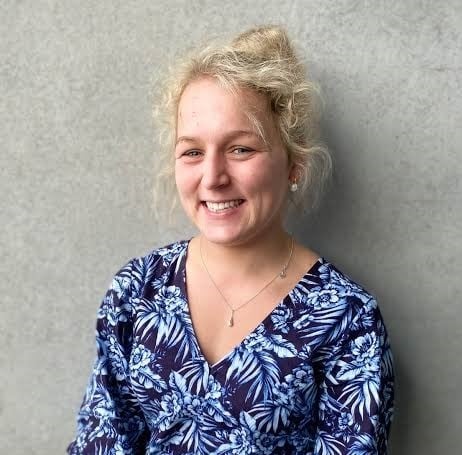
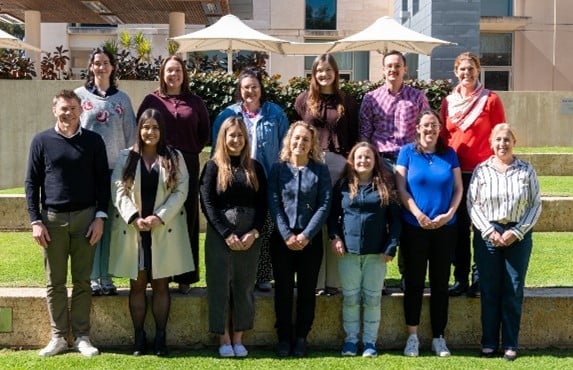
News & Events
Community Involvement in the CentreCommunity Involvement and Consumer Representatives are a really important part of our research. Find out what they have been working on.
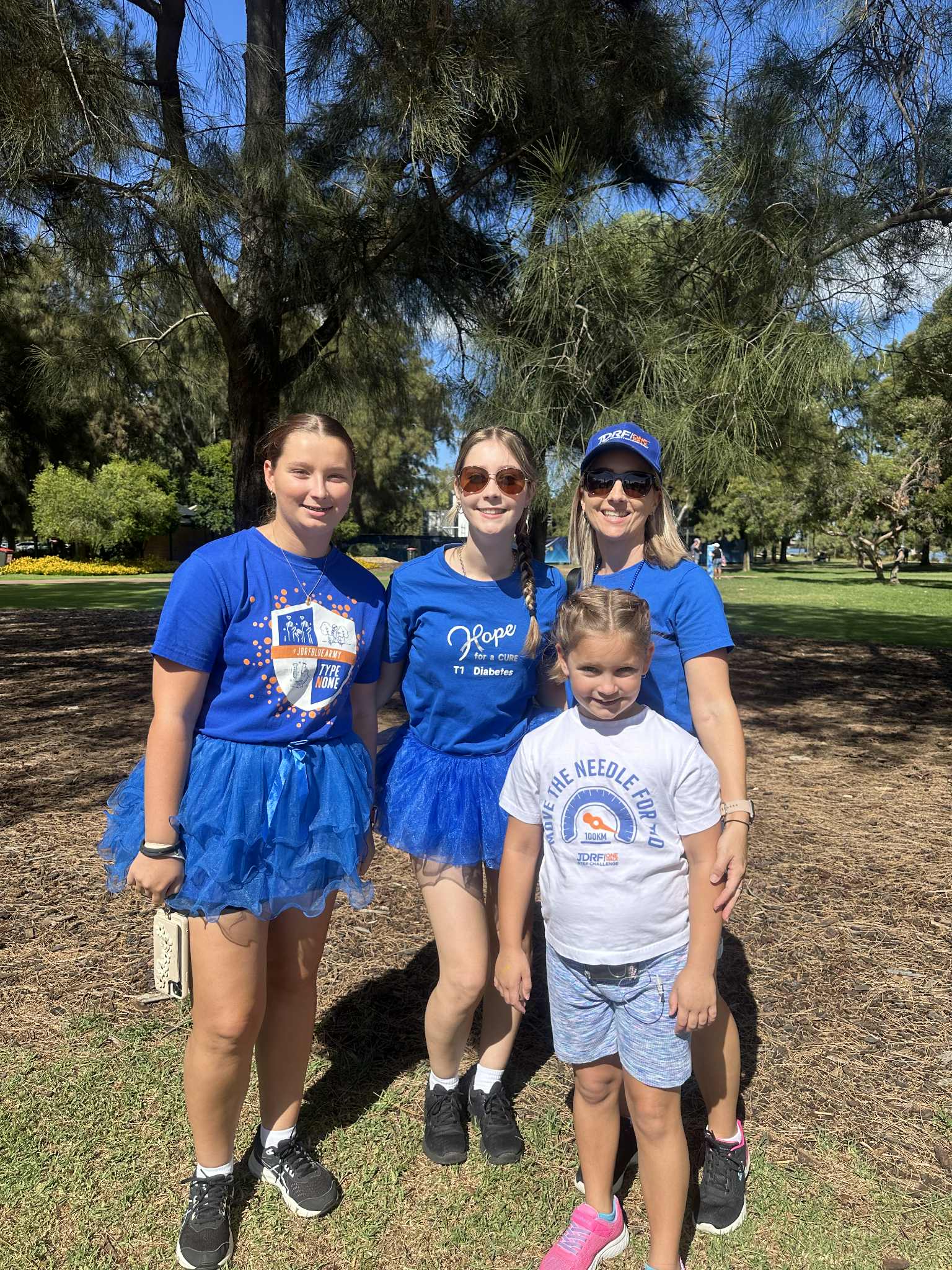
News & Events
National Carers WeekWe recently celebrated National Carers Week! A time to recognise and raise awareness for the more than 3 million Australians who provide care to a family member or a friend.
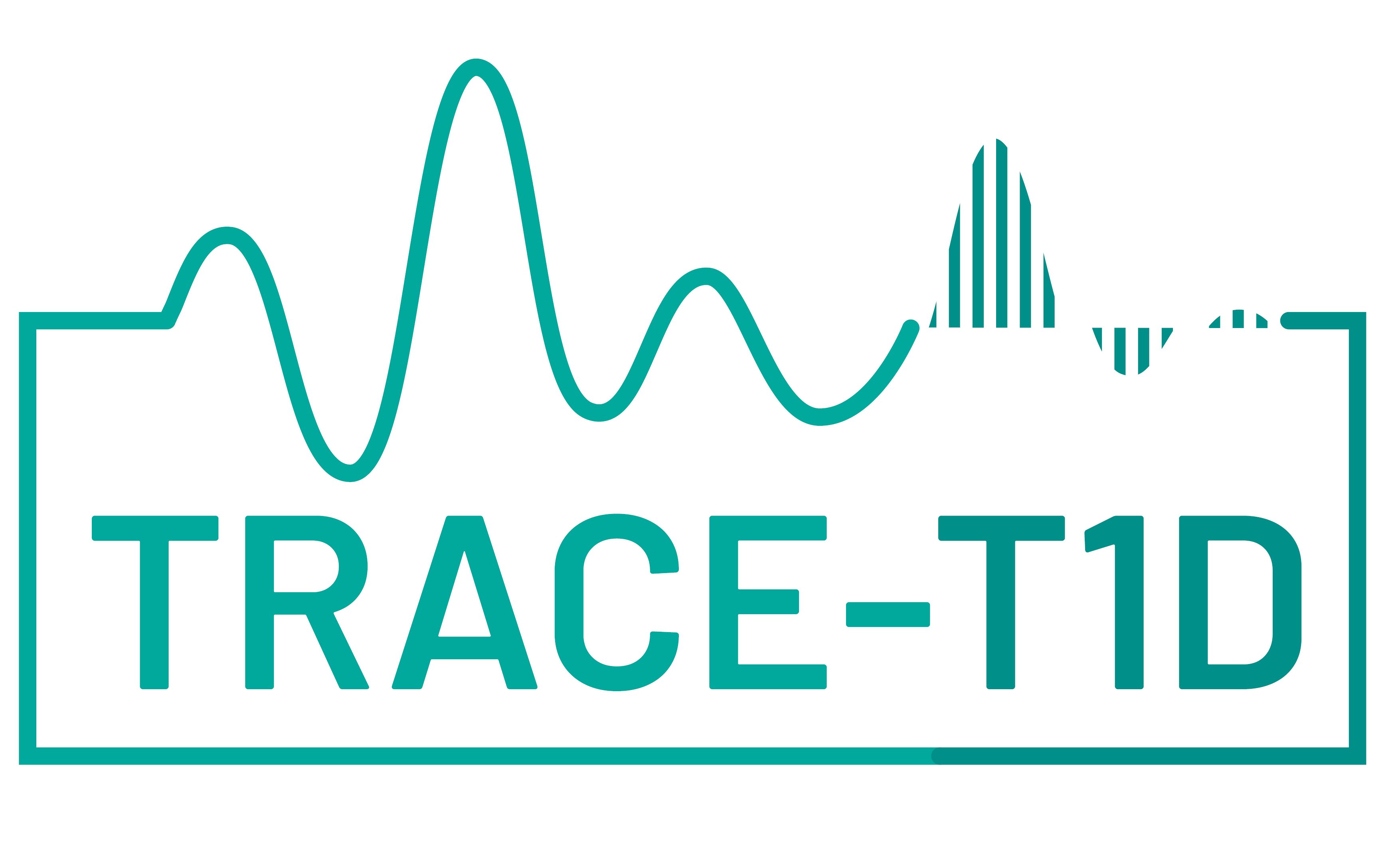
News & Events
Launching TRACE T1DWe are excited to launch this first-of-its-kind Australian study, monitoring glucose levels in Australian children and adolescents who have tested positive to having one or more type 1 diabetes related antibodies but do not yet need treatment with insulin.

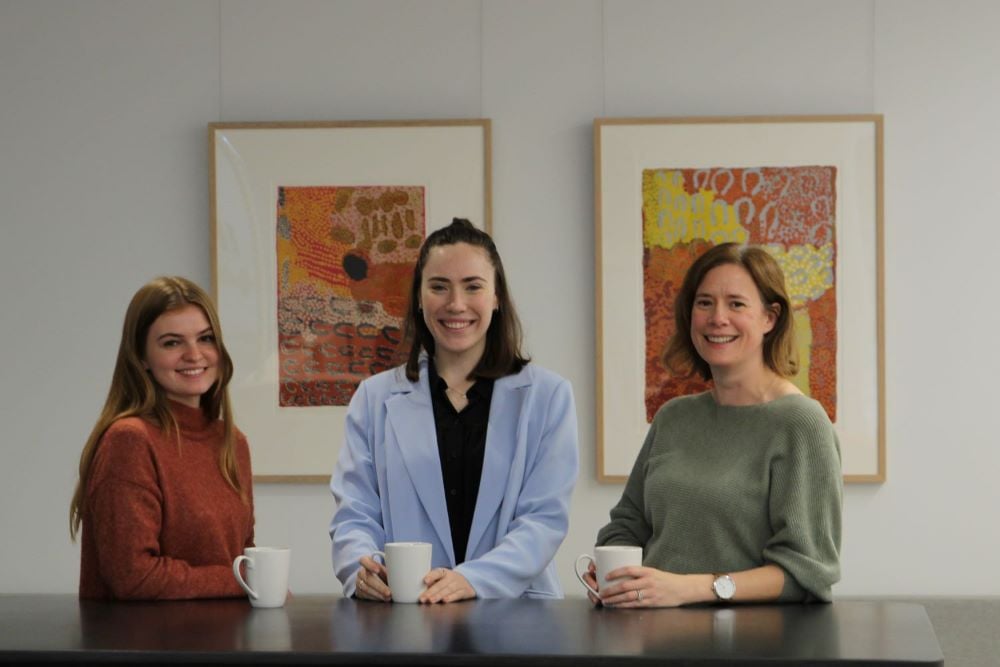
Applications are open for our 2025 Honours and Masters Scholarships with the purpose of providing funding for students to develop and support their type 1 diabetes (T1D) related research.

News & Events
New school yearGood planning and communication between families and schools is very important to ensure children are safe and supported. With the new school year underway, hear from our Social Work team with their top tips on managing the start of a new school year.


News & Events
Researcher Spotlight - David BloomDavid Bloom is a Professor of Economics and Demography at Harvard Chan School of Public Health, Global Health and Population and a Principal Investigator for our JDRF Global Centre of Excellence
